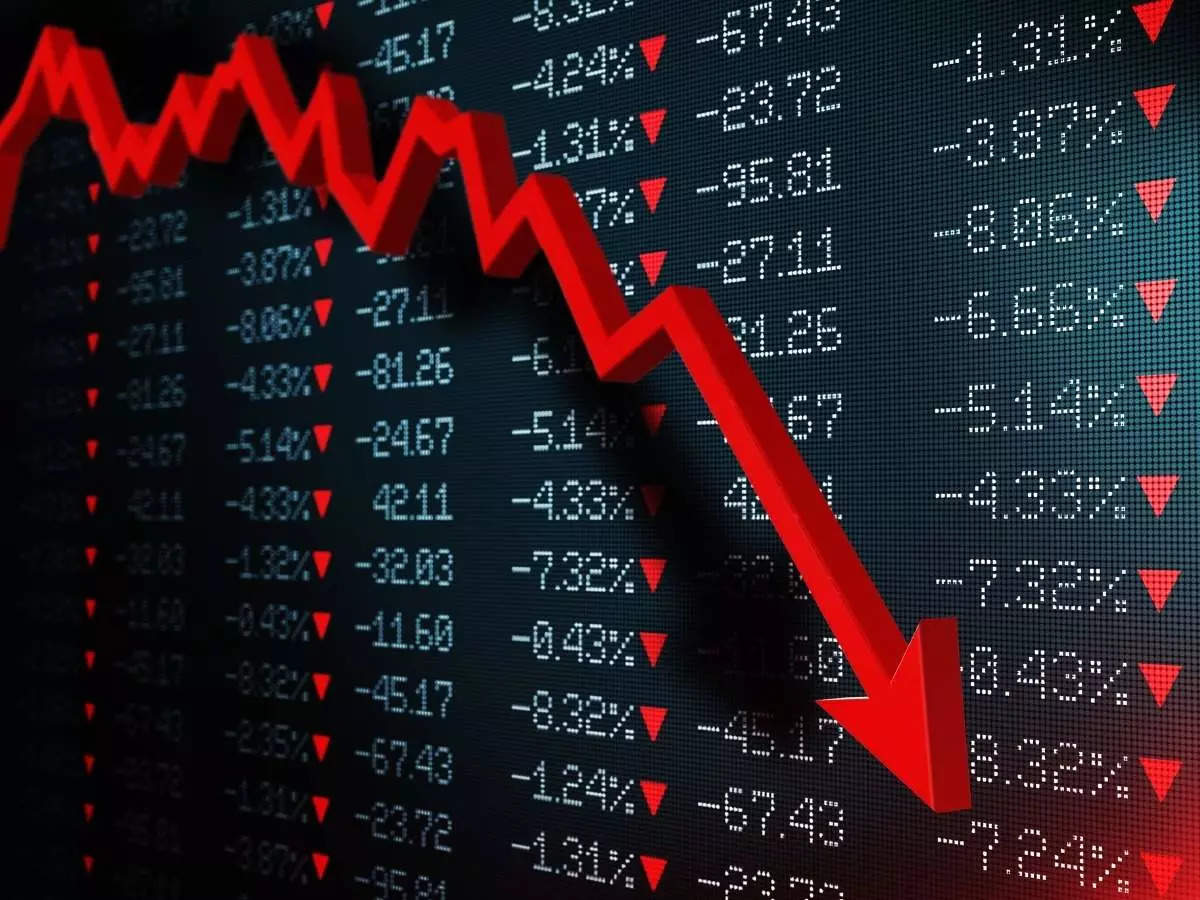Market News
Market Wrap, March 10: Indices erase early gains; NIFTY50 settles below 22,500 level, SENSEX down 0.29%; broader indices fall nearly 2%
.png)
5 min read | Updated on March 10, 2025, 16:27 IST
SUMMARY
At close, the S&P BSE SENSEX stood at 74,115.17, falling 217.41 points, or 0.29%, while the NSE's NIFTY50 index ended at 22,460.30, down 92.20 points, or 0.41%
Stock list

The NIFTY50 index had soared over the 22,600 level during the intraday session but finally closed at the level of 22,400.
Despite opening positively and trading in the green during most of the intraday period, the equity benchmark indices on Monday, March 10, settled lower, erasing all the early gains. This was followed by a correction in the broader market and negative cues from the Asian markets.
Market investors remained cautious, awaiting more developments on the trade war.
At close, the S&P BSE SENSEX stood at 74,115.17, falling 217.41 points, or 0.29%, while the NSE's NIFTY50 index ended at 22,460.30, down 92.20 points, or 0.41%.
The NIFTY50 index had soared over the 22,600 level during the intraday session but finally closed at the level of 22,400.
Market breadth was largely in favour of negative, as 2,308 stocks declined on the NSE out of 2,988 stocks traded during the session.
Meanwhile, in the first week of March, the foreign portfolio investors (FPI) continued to shy away from the Indian equity market, withdrawing ₹24,753 crore amid rising global trade tensions.
According to data from the depositories, the total outflow by FPIs has reached ₹1.37 lakh crore in 2025 so far. This also marks the 13th consecutive week of net outflows.
Globally, shares in China led losses in Asia, with Hong Kong's Hang Seng index down 1.8% at 23,800.44. The Shanghai Composite index shed 0.2% to 3,366.16. In Tokyo, the Nikkei 225 gained 0.4% to 37,028.27.
Chinese consumer prices fell to 13-month lows of 0.7%, against a rise of 0.5% in the previous month. Following the weak data, the Chinese and Hong Kong indices traded in red.
However, Australia's S&P/ASX 200 was up 0.2% at 7,962.30, while the Kospi in South Korea gained 0.3% to 2,570.39.
The US market on Friday closed higher post-recovering from the early declines after Federal Reserve Chairperson Jerome Powell said the economy was in a good place, but uncertainty about US trade policy led to Wall Street's biggest weekly decline in months.
At close, the Dow Jones Industrial Average rose 222.64 points, or 0.52%, to 42,801.72; the S&P 500 gained 31.68 points, or 0.55%, to 5,770.20; and the Nasdaq Composite gained 126.97 points, or 0.70%, to 18,196.22.
As many as 2,988 stocks traded on the NSE on Monday. Out of this, 2,308 declined and only 607 stocks advanced, while 73 scrips remained unchanged.
A total of 15 stocks hit their 52-week highs, while 90 stocks touched their one-year lows. Besides, 138 stocks hit their upper circuit limits, and 162 touched their lower circuit bands on Monday.
India VIX, the volatility gauge, was trading 3.82% higher at 13.99 levels.
Snapping its last week’s rally, the broader market closed in negative on Monday. Nifty Midcap 100 declined 1.53% at 48,440.10- level while Nifty Smallcap 100 tanked 1.97% to settle at 15,198.15.
Except for Nifty FMCG (0.22%), all the other sectoral indices closed negative. Nifty Midsmall IT & Telecom (-2.21%) was the biggest dragger on the index followed by Nifty Realty (-2.04%), Nifty Oil and Gas (-1.90%), Nifty PSU Bank (-1.86%) and Nifty Consumer Durables (-1.76%).
As many as 41 stocks on the NIFTY50 index traded negative, while only 9 closed in green. The biggest laggards on the index were ONGC, Trent, IndusInd Bank, Bajaj-Auto and Eicher Motors, declining as much as 4.12%.
On the flip side, the top five gainers were Power Grid, Hindustan Unilever, Infosys, Nestle India and ITC, contributing as much as 3.02% on the 50-share index.
The announcement led to a surge in Infosys shares, rising as much as 1.95% to hit an intraday high of ₹1,719.
The stock, which has been reeling under pressure after credit rating downgrades by CARE and ICRA, announced on Friday, March 7, that the company's promoters have sold approximately 2.37% of total equity shares of the company, amounting to 9,00,000 shares, to unlock liquidity that will be reinvested into the business through equity infusion.
About The Author
Next Story

